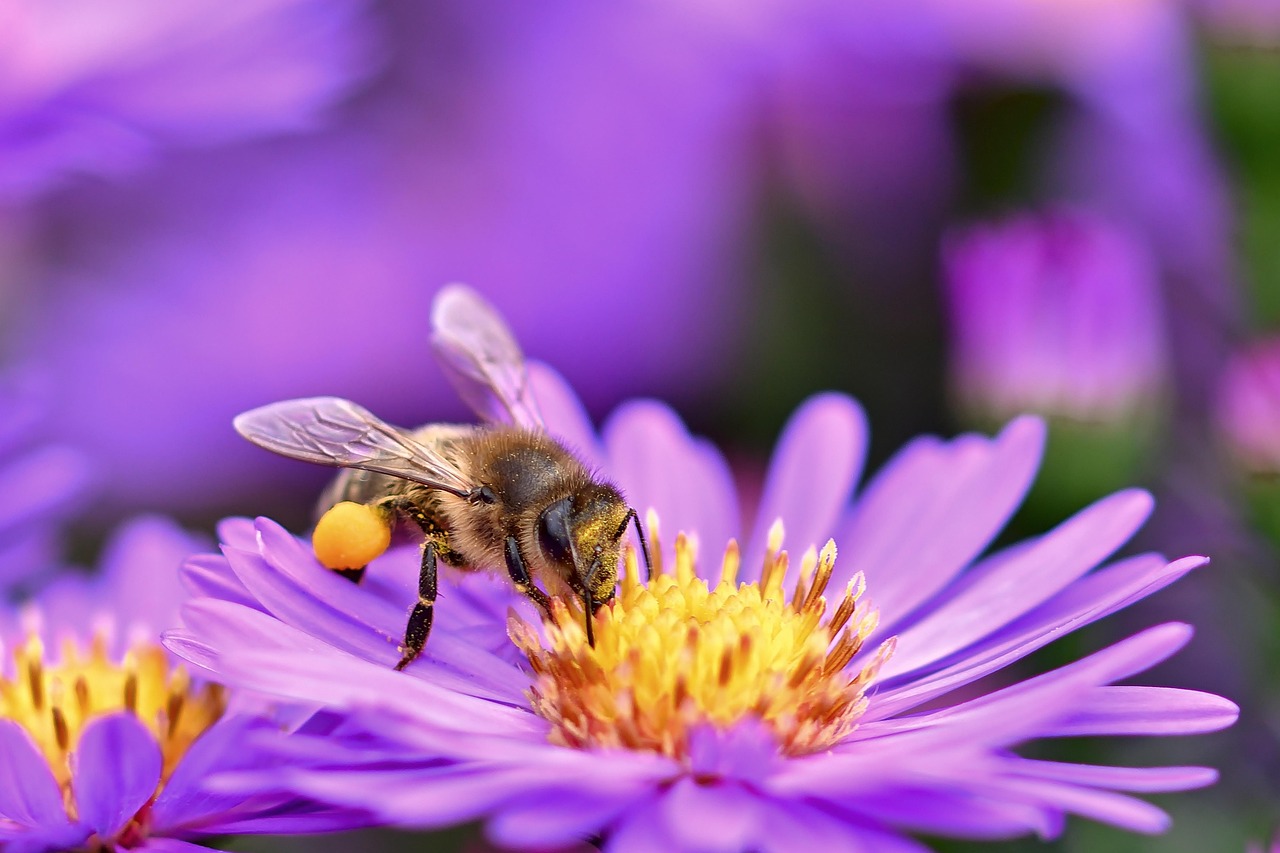Managing your garden in the right way will support the ecosystem that is struggling with climate change. Increasing carbon emissions is creating a double disaster of a climate change crisis and a biodiversity crisis. There has been a big drop in wildlife globally and we are on track to lose over a quarter of species by 2100. Yet, we can join the fight against climate change and biodiversity loss starting in our back garden! By planting and designing your garden in the right way, you can improve the habitat for endangered species and help reverse the biodiversity crisis as well as absorb more carbon and prevent flooding. Here are 5 things you can do which will make a big difference:
Plant a tree
Planting a tree creates negative carbon emissions because the store carbon in their trunks and roots. They also make the soil nutrient rich and help plants to grow and they can help prevent flooding because they absorb the rain that goes into the ground. So which tree is the best for locking up carbon? The Woodland Trust suggest that trees that grow quickly and matures that fastest. The six trees they recommend for any size garden are crab apple trees, Juniper, Osier Willow, Hazel, Blackthorn and the Silverbirch.
Cut your grass less during the year
Cutting your grass less during the year gives wildlife a chance to thrive and helps the pollination of plants. Even if you leave your grass to grow for one month in May or June, this could have a big impact on the biodiversity of your garden because during these months, flowers are growing and there is more chance for pollination. Botanists suggest leaving cutting the grass until late March and leave it grow until late August.
Don’t throw cut grass away
Once you have cut the grass, many of us throw it away in the gardening bin. But this is a missed opportunity as you are taking nutrients from the garden and creating waste which the environment cannot benefit from. Leaving grass on the lawn creates a natural fertiliser and improves the quality of soil, so you don’t need to buy as much fertiliser for your garden.
Make your garden a ‘nectar café’
You can help fight the biodiversity crisis by attracting bees and pollinators into your garden. Flowers and herbs are a source of nectar and pollen which bees, butterflies, moths and hoverflies pollinate so flowers can set seed or bear fruit. It is best to prolong the flowering season as long as possible by choosing flowers that bloom from early Spring to late Autumn. Good flowers to grow are English Bluebell, Primrose, Sweet Violet, Lavender, Heather, Marigold, Honeysuckle, Ivy and Sunflower.
Build a pond
Another feature you can add to support the biodiversity in your pond and attract more wildlife into your garden is having a pond. A pond will become an ecological hotspot attracting newts and frogs, to aquatic insects, birds and insects.

Leave a Reply